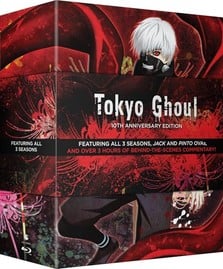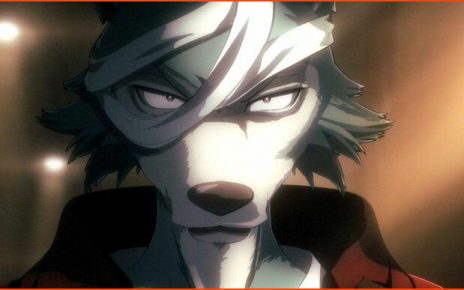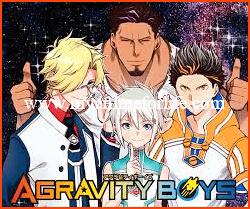Exploring the Tokyo Ghoul 10th Anniversary Box Set: A Detailed Anime Series Review
As we celebrate a decade since the chilling world of “Tokyo Ghoul” graced our screens, the release of the 10th Anniversary Box Set invites both old fans and new viewers into the shadowy alleys of Tokyo, where humans and Ghouls struggle for survival. This comprehensive collection provides an opportune moment to delve into the anime’s strengths, flaws, and lasting impact.

The Premise: A Dual-Wielding Horror
In “Tokyo Ghoul,” we find ourselves amidst the bustling urban landscape of Tokyo, where Ghouls, creatures that consume human flesh, lurk in shadows. The story’s protagonist, Ken Kaneki, an unassuming college student with a deep love for literature, finds his world upended after a terrifying encounter with a Ghoul named Rize. Surviving an attack meant to end his life, Kaneki inherits Rize’s organs, rendering him a human-Ghoul hybrid. His journey through this new dual existence propels the narrative, as he seeks a balance between the demands of his human heart and his newfound Ghoul instincts.
The First Season’s Strengths
The initial season captivates with its tight action sequences and nuanced character relationships. While deviations from Sui Ishida’s original manga might upset purists, the adaptation efficiently conveys the core of Kaneki’s internal conflict—the push and pull between his humanity and his ghoul nature. Under Shuhei Morita’s direction, iconic scenes, such as Kaneki’s awakening to his Ghoul persona and Rize’s skyscraper battle with the brutal Ghoul, Jason, become visually unforgettable. The director’s skillful juxtaposition of contrasting hues further enhances the series’ eerie ambiance, amplifying the setting’s otherworldly feel.
Tokyo Ghoul √A: A Tumultuous Change of Direction
As we transition to “Tokyo Ghoul √A,” the series takes an ambitious detour from its source material. Intended to be an original script by Sui Ishida, the anime eventually distills into a hybrid of manga adaptations adorned with sporadic new content. This season’s chaotic narrative and lack of focus may leave viewers bewildered, yet it retains its charm through strong character exploration and intense emotional beats. The CCG’s complex dynamics and interwoven relationships, particularly between disparate investigators like Mado and Akira, offer a captivating subplot that resonates even amid the season’s broader chaos.
The Experimental Yet Flawed Tokyo Ghoul:re

In stark contrast, “Tokyo Ghoul:re” is marked by a departure in both continuity and production. The sequel, directed by Toshinori Watanabe, grapples with reconciling past divergences, resulting in a convoluted narrative that struggles to maintain coherence. The departure from Morita’s atmospheric visuals to a muted color palette diminishes the anime’s distinctive feel, while the show’s erratic pacing and scant character exploration dilute the original’s thematic profundity. Despite these weaknesses, certain narrative arcs, like Tsukiyama’s familial struggle, still provide glimpses of the emotional depth inherent in Ishida’s original work.
A Closer Look at the 10th Anniversary Box Set
The box set itself, although lacking in novel features, is a treasure trove for dedicated fans. It includes all the pivotal seasons along with the exclusive OVAs, “Tokyo Ghoul: Jack” and “Tokyo Ghoul: Pinto.” Despite the set’s absence of new content beyond packaging and extra features from previous releases, its affordability and comprehensive collection make it a worthwhile investment for enthusiasts eager to revisit Kaneki’s harrowing journey or introduce others to this dark, poignant world.

Final Thoughts: A Legacy Both Enigmatic and Enduring
Revisiting “Tokyo Ghoul” through this box set provides a spectrum of experiences—from the visceral brilliance of the first season and the ambitious shifts of “Root A” to the tumultuous execution of “Tokyo Ghoul:re.” Each installment contributes to a legacy that, despite its imperfections, still resonates. While not every facet of the series shines, the original essence of Ishida’s tale of identity and humanity endures, making the 10th Anniversary Box Set a testament to both the anime’s lasting allure and its historical missteps. Whether you’re revisiting this haunting saga or stepping into its world for the first time, the set’s narrative complexity and artistic ambition remind us why “Tokyo Ghoul” remains a compelling cultural phenomenon.


